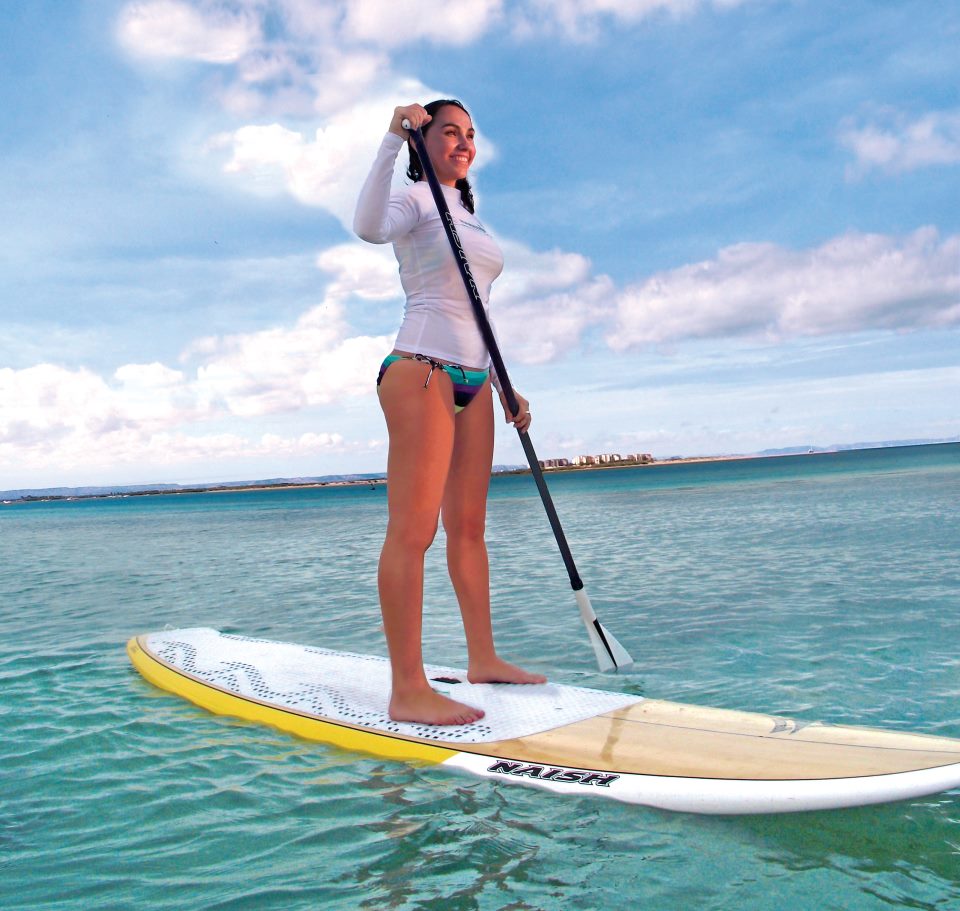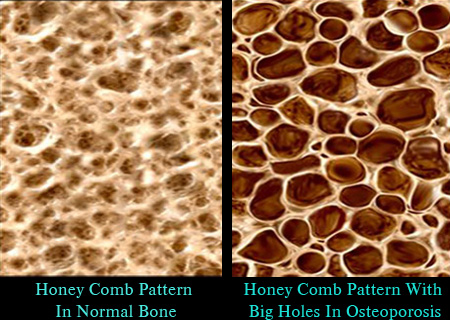Written by Nate on April 30, 2014 |
Posture – The way in which your body is positioned when you are sitting or standing.
Effects of Poor Posture
- Poor posture makes you look older than you are
- Hunched shoulders and sagging faces are signs of aging
- Poor posture limits your range of motion
- Muscles and ligaments adaptively shorten or lengthen which decreases your ability to move
- Poor posture can increase your pain or discomfort
- Headaches, extremity pain and nerve involvement are common
Continue Reading »
Written by Nate on April 23, 2014 |

Whether riding waves or paddling around the harbor, SUP boarding can be a fun and rewarding past time. If you have ever used a SUP board, then you know that it can be a good workout as well. Using a SUP board primarily challenges your cardiovascular, musculoskeletal, and neuromuscular systems. When these systems are challenged, the body responds by adapting to become stronger, faster, more efficient, and more coordinated.
Continue Reading »
Written by Nate on April 16, 2014 |
What is Osteoporosis
Osteoporosis is a global problem that affects tens of millions of people here in the USA. This disease is characterized by decreased bone mass and abnormal structure of the bone tissues. This causes increased fragility and risk of fracture. Some common injuries that can occur in people who have osteoporosis are fractures of the wrist, vertebrae, and hip.
Continue Reading »
Written by Nate on April 10, 2014 |
Spring is upon us. With the increase in sunshine, many runners are dusting off their running shoes and hitting the road. Running is a great way to exercise and can be a fun and rewarding sport. Running can also be the cause of many injuries.

Some common injuries that can occur with running are:
- Stress Fracture
- Achilles Tendonitis
- Ankle Sprain
- Patellofemoral Pain Syndrome
- Medial Tibial Stress Syndrome
- Tibialis Posterior Tendonitis
- Pes Anserine Bursitis
- Osteoarthritis of the hip, knee, and ankle
- Muscle Strains
- Low Back Pain
- Neck Pain
Many of the above listed injuries can be avoided. In order to decrease the likelihood of suffering an injury, be sure that you wear proper running shoes and that you choose good running routes.
One of the functions of running shoes is to decrease the compressive load placed on your body by absorbing some of the impact force that occurs when your foot hits the ground. This is important because these impact forces can be detrimental to our bodies if they are not used to them. Shoes that have polymeric foam in the sole are very good at absorbing impact forces and can significantly decrease the likelihood of sustaining an injury.
Running surfaces can vary greatly. There is concrete, asphalt, grass, turf, rubber track, wood chips, sand, dirt, etc… In order to choose good running routes, it is important to know a little bit about what you are running on. When possible, try to run on the better impact absorbing surfaces that are listed above such as grass, dirt, sand, rubber track, and turf. If you are limited to running on either asphalt or concrete then asphalt is the better choice because it absorbs 11% more of the impact force than concrete.
In addition to the impact forces it is also important to take a look at running on a pitch (un-level ground). When you run on a pitch it places one foot slightly higher than the other on every step. This can lead to injuries, altered posture, and muscle imbalances. Therefore, when running on a pitch it is important to run equal distances with the pitch in each direction to even out the forces on your body. Some examples of routes with a pitch are the beach, sidewalks, and roads (for rain runoff). An example of running equal distances with the pitch in each direction would be running on the beach from north to south, and then from south to north.




